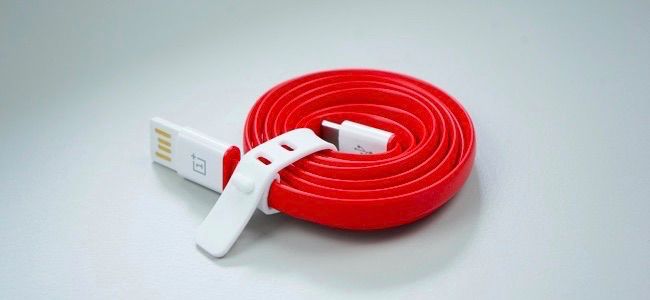
USB Type-C brings a new universal connector to laptops and smartphones, and many devices are already starting to use it. But beware: many USB-C cables aren’t designed properly and could potentially damage your hardware.
Before buying any USB Type-C cables for your new devices, you should look up whether the cable is actually compliant with the USB-C specification. More people are sure to run into this problem as more USB Type-C-enabled devices are released.
Why a Bad USB-C Cable Could Damage Your Hardware
To be clear, the problem is specifically with cables that feature a USB Type C connector on one end and an older USB connector on the other end. For example, most devices still use USB Type A–the port you think of when you think “USB”. So if you get a USB Type-C device, you may want a USB-C-to-A cable to charge it on your older laptop or older power blocks.
Here’s the problem: USB Type-C devices can support faster charging, which is great. But most USB Type-A devices were never designed to provide as much power as a USB Type-C device can take.
For example, let’s say you have a computer with an older USB (Type-A) port and a new smartphone with a USB Type-C port. You’d connect the computer to the smartphone with a USB-Type-A-to-Type-C cable. A properly designed cable is supposed to prevent the smartphone from drawing too much power from the computer’s older USB port. A bad cable that isn’t designed properly will allow the smartphone to attempt to draw a larger amount of power, though, which could damage your computer or its USB port. It could damage a charger brick or USB hub, too–this isn’t just a problem when charging from a computer.
The problem, specifically, is that many cables aren’t compliant with the USB-C specification and have a bad resistor value. Benson Leung, a Google employee who’s worked on the Chromebook Pixel and Pixel C hardware, has an FAQ on Google+ with more details. “The Type-A port and the vast majority of the devices that have Type-A ports were never designed to support 3A charging,” he writes. It’s the cable’s job to ensure a device charging from it doesn’t attempt to pull too much power. In an improperly designed cable, “the cable lies to the phone by telling the phone it’s attached to a pure 3A charging path, like the C-to-C cable to the OEM 3A charger that ships with the Nexus 6P/5X. The phone will attempt to draw 3A, but that may damage the weaker device you have the Type-A end of the cable plugged into.”
Before purchasing a cable with a USB Type-C connector on one end and an older USB connector on the other, you should ensure it’s compliant with the USB-C specification and won’t damage your devices.
If you can’t find an proper cable or you want to see if a specific manufacturer’s cable is decent, you can visit our website www.sxdusbcable.com and contact our sales, We could recommend it to you.
Copyright © 2018 Shenzhen SXD Technology Co.,Ltd. | All Rights Reserved Design by www.sxdusbcable.com
Hello, please leave your name and email here before chat online so that we won't miss your message and contact you smoothly.